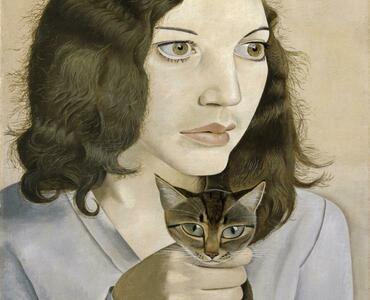6 myths about Artemisia Gentileschi. Commentary by an art critic

At the Pushkin Museum named after. A. S. Pushkin opened an exhibition dedicated to the formation of the Italian Baroque and the Italian artist Artemisia Gentileschi, whose paintings were presented in Russia for the first time. When visiting an exhibition, it is important to have the most correct historical and art history information. Having collected all the Internet myths about the artist and her era, we propose to debunk them.
- Artemisia Gentileschi did not paint images of cruel women due to the violence she experienced in her youth. Morals have become tougher. Public executions were carried out in Rome. During the Counter-Reformation, violent scenes such as Judith and Holofernes became popular as a result of the Council of Trent.
- Artemisia Gentileschi painted female subjects (including nudes) for two reasons. Firstly, sitters were expensive, and she, like her colleagues, could pose for herself in the mirror, which did not cost anything. Secondly, the art market reacted positively to the presence of female nudes.
- Artemisia Gentileschi (1593-1653) is not the only female artist of the XNUMXth century. For example, her younger contemporary Lavinia Fontana worked in Rome.
- Artemisia Gentileschi was almost illiterate. In the minds of the general public, every painter whose paintings are presented in museums was unusually erudite, like Leonardo da Vinci. However, in that era, the artist’s social position was almost equal to that of a craftsman who quickly and accurately carried out orders. Her letters were written under dictation by a secretary, and Artemisia herself made mistakes in the signatures of her works. The artist’s father, the famous artist Orazio Gentileschi, once admitted: “I can write, but not competently enough.”
- Artemisia Gentileschi had an equal position with male artists in the art world of that era. During her life, she managed to work for the most eminent clients in the leading capitals of Europe: Rome, Naples and London. In addition, she became the first woman elected to membership in the Academy of Painting Arts in Florence. The main thing for the customer was the high quality of the painting, and not the gender of the artist.
- Artemisia Gentileschi, like the artists of her time, was always under the patronage of eminent persons, whose orders she carried out, and always worked “for the market.” The artist often changed her style depending on the wishes of the customer, with whom the smallest details of the paintings were often agreed upon.
On February 1, the opening day of the exhibition “Guests from Naples. Artemisia Gentileschi and contemporaries" at the Pushkin Museum of Fine Arts. A. S. Pushkin, which will be open until March 31, 2019. For the first time in Russia, works by the Italian artist, Caravaggio’s follower Artemisia Gentileschi and her contemporaries from the collection of the Neapolitan Capodimonte Museum and the collection of the Pushkin Museum will be presented. Only three paintings were brought from Italy (“Judith and Holofernes” by Artemisia Gentileschi, “Angel with Dice and the Tunic of Christ” by Simon Vouet, “Saint Agatha” by Francesco Guarino), and the exhibition is located in one room. The exhibition is a kind of preview of a large-scale exhibition of Italian art that the museum is preparing in 2020.
Despite its intimate nature, the exhibition is representative for understanding the development of the Italian Baroque, which brought together the artistic achievements of mannerism in the work of Caravaggio and the classicizing movement of the academic sense in the person of Annibale Carracci.
The general sponsor is VTB Bank.





